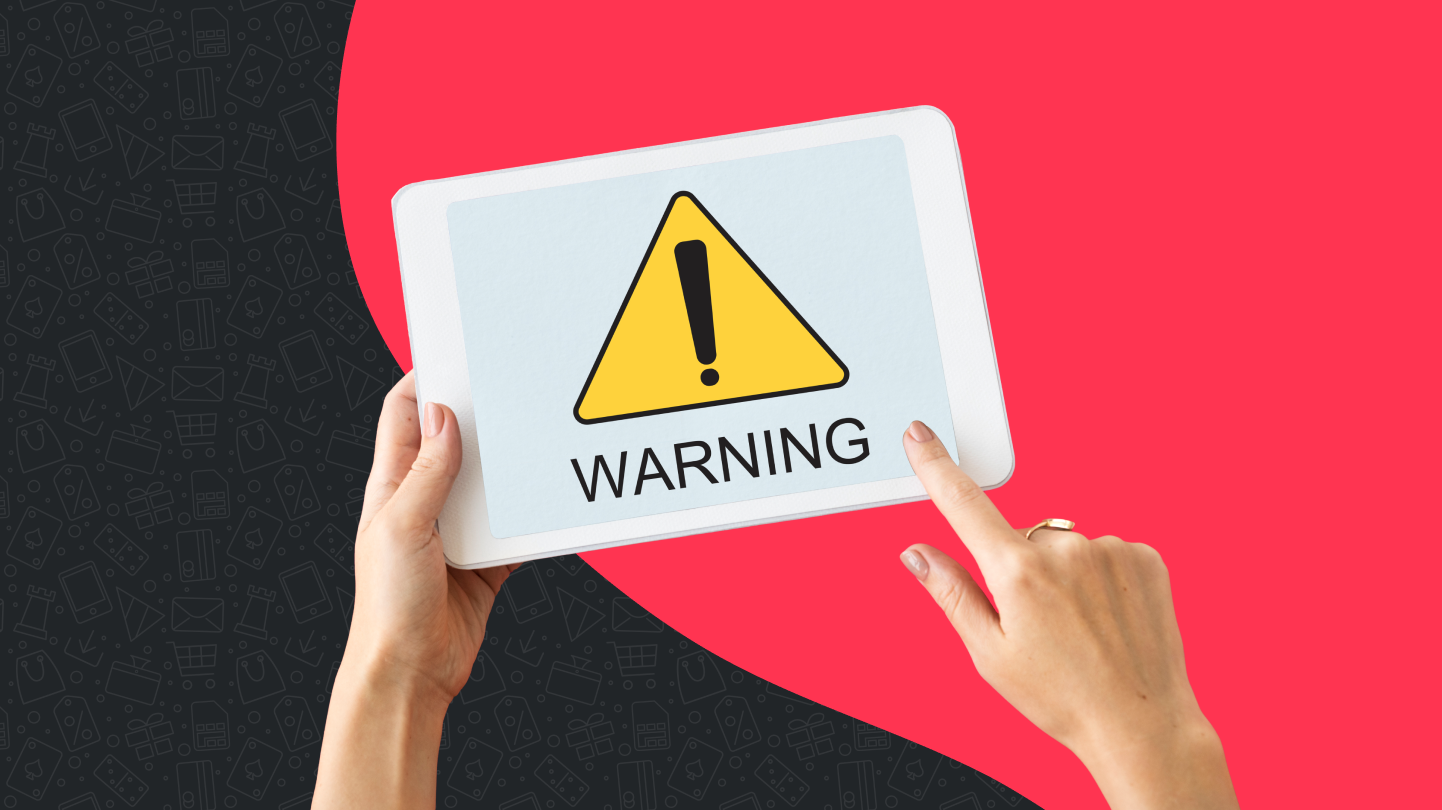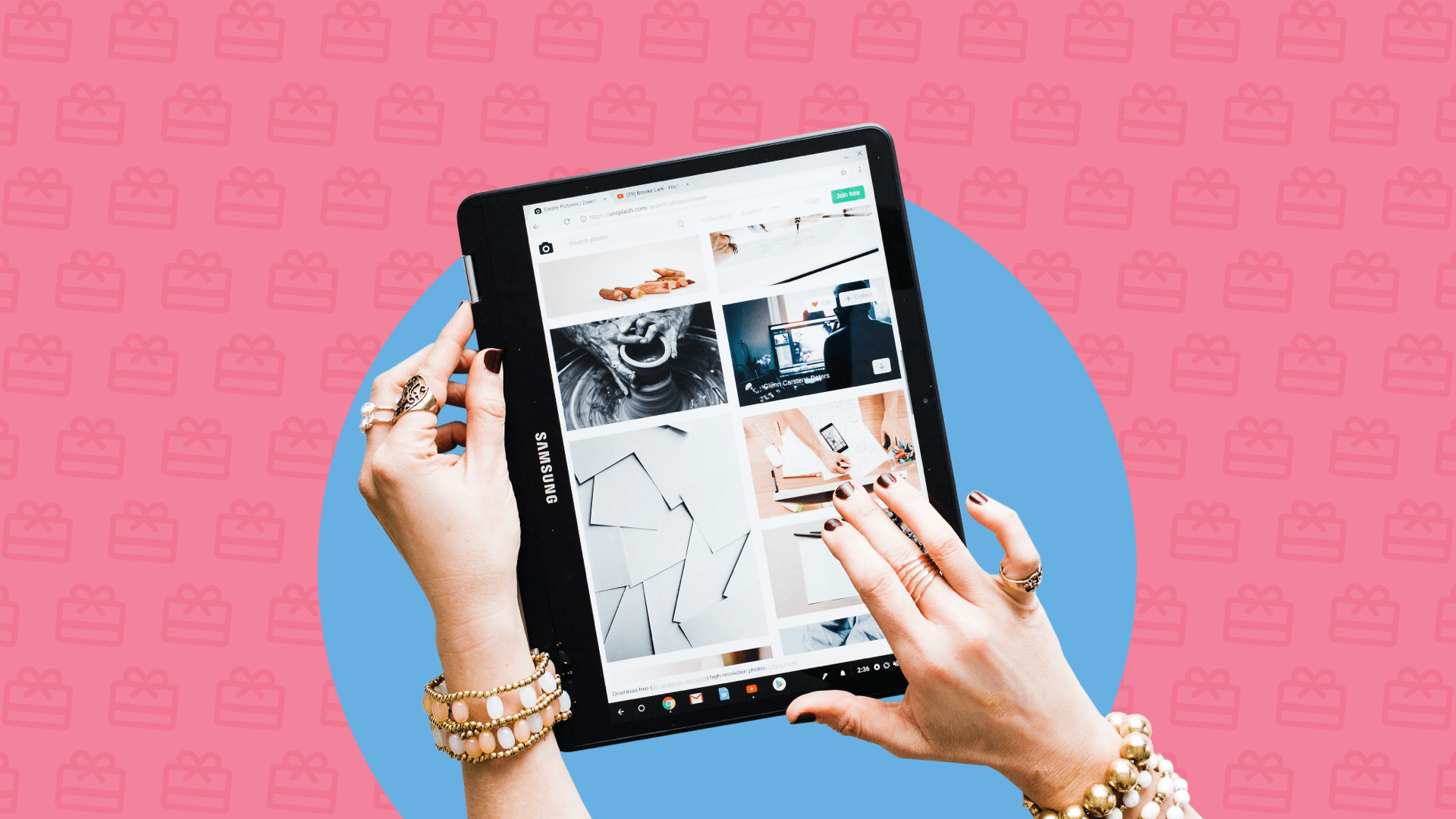No time to read it all? Check the Key Takeaways at the end of the article!
Smile for the camera! Taking a selfie to identify yourself on the internet is on the rise. This process is sometimes called KYC verification but is also referred to as “selfie identity verification”, and you will most likely encounter it when a website wants to be sure nothing fishy is going on and keep their users safe. But why do you need to do it? Why do I need to upload a photo of myself to use a website? Does it have benefits? What about privacy? Woah, slow down there! There is no need to break into a sweat about it because we will break down how it works and answer your questions. It is not as scary as it sounds, and you’d rather be safe than sorry. We promise!
Why is identity verification necessary?
Let’s dive straight into the important part: this process is entirely to protect YOU online. With AI now able to create faces and mimic your voice from a small speech sample, it is only wise to take some extra safety measures. After all, you do not want scammers stealing your identity! That’s why, more and more, you see identity verification as a way to verify if it’s you (yes, you!) making a purchase or using a social media account as even Instagram does selfie identification.
The short answer is occasionally websites like Instagram or dundle may ask for selfie verification to protect you in case of a database breach. You can more easily be verified when it counts. Which raises the next question: but how do they know it's really me?
How does identity selfie verification work

Let’s say you want to take out a loan. If done online, chances are you will need to upload a form if ID, so the bank knows it's you and not a scammer trying to take on a loan in your name. An extra measure is taking a selfie. If a selfie is all it takes, can I just use a picture of someone else or generate one? Nope! That’s because this method uses biometrics.
After you send it in, the picture is compared to the uploaded document to see if everything is legit. This way, they recognize deepfakes for example, and help prevent fraud. One of these factors is liveness detection.
What is liveness detection?
A way to determine the realness of a face is done with liveness detection. Also known as anti-spoofing. With this biometric, it determines if the person is real or not. There are two kinds of liveness detection: active and passive.
Active: you have to do a series of actions to be verified. For example, looking left, right, and up in the pictures.
Passive: here there are no actions needed, but the comparison looks at skin texture, lightning, micro-motions, and other characteristics.
What do I need to upload for this verification?
You won’t encounter it all the time, but when you do it is most common to upload a copy of your driver's license, ID, or passport. And of course, a picture or video of yourself to complete the process.
How long does the identity verification process take?
Usually, it is a very quick process that can take a few minutes of your time. However, there are also instances where it needs more time because it is a manual check. Especially when it is about something costly like a loan or a big purchase.
Selfie identity verification makes your online life more secure.

With cases of identity theft and AI becoming smarter, you’ll sleep a bit better knowing that is getting more and more difficult for scammers to use this method. KYC verification adds an extra layer of security to the checkout process, next to document verification, which is safe for the company, but also safer for you. Good to add is that the advanced technology and biometrics have made and keep making selfie verification more accurate and reliable! So, next time you have to smile for the camera for a selfie, it’s not for your Instagram stories, but your online safety!
5 Key takeaways
-
Selfie identity verification uses a picture or video of your face as an extra safety measure for online transactions. It helps prevent fraud in online transactions by detecting AI-generated pictures or fake images.
-
The verification method usually compares your selfie with an uploaded document, ID, Passport, or driver's license, to confirm your identity
-
With the use of biometrics like liveness detection, it finds differences between real and fake pictures.
-
Advances in technology and biometrics continually improve the accuracy of selfie verification.
-
The process takes a few minutes of your time but may take longer in the case of manual verification and is in place for your safety.







